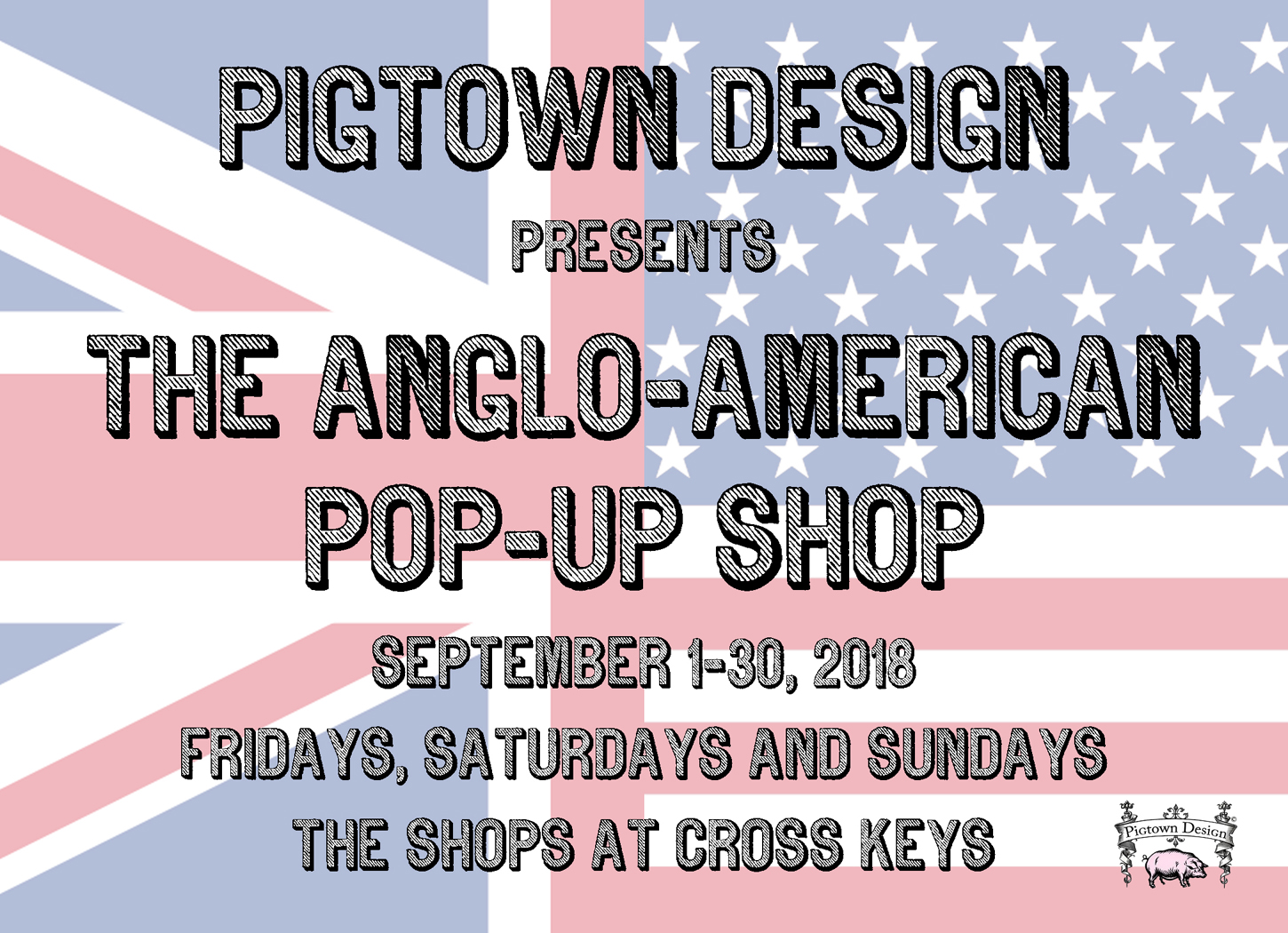There was a great article about F. Scott Fitzgerald’s Baltimore in the Wall Street Journal over the weekend. The writer, Nina Sovich’s, family originally came from Baltimore and she returned for a visit. Although her family was worried about her coming, she found that the city is not what most people think. 
She discovered some of Baltimore’s treasures in various buildings in the Mount Vernon neighbourhood where she spent much of her visit. 
My office is in Mount Vernon, so I know the area well. Nina did a great job conveying that there are amazing parts of the city that you will never know if you only watch The Wire. 
Coincidentally, I had just finished a book last weekend which had the most beautiful description of Baltimore, from a surgeon at Hopkins who had moved here in the late 1800’s from rural Ontario and lived here for more than 50 years. He made it his home and loved it.
Charles Street in certain lights can revert. The sky clears after a storm, the day thins and recedes. Along Charles Street, Baltimore is again the Baltimore Tom Cullen knew in youth; the town whose portrait is engraved in old prints, withdrawing in mannerly perspective before the eye of the beholder, accepting with happy serenity of the well-proportioned the homage of regard. It was so, coming to Eager Street on a remembered evening.New snow on the sills and cornices laid soft-edged accents below and above the ordered rows of lighted windows. The west was blue-green over the gas lamps of the climbing cross streets, the east pale with reflected brightness. Against it on the far hilltop a dome showed - small and dark beyond the balustrade of Mount Vernon Place and the lines of lights falling away and lifting again - the lanterned dome of Johns Hopkins. Tom Cullen broke a silence that was long for him."I love this old town," he said.
You can (maybe) read the entire article here. It might be behind a pay-wall.



























